Netflix’s ‘Avatar: The Last Airbender’ Showrunner Admits To Changing Aang’s Character, Says It Was Done In Order To Make His “Narrative Drive A Little Clearer”

In proving that Hollywood still considers any and all things animation-related to be immature nonsense that is not to be taken seriously, Avatar: The Last Airbender showrunner Albert Kim has confirmed that, in service of making it feel more like a ‘real’ television show, Netflix’s live-action adaptation will be making a significant change to series protagonist Aang’s core character.

Kim provided this confirmation of fans’ worst fears while speaking to IGN’s Alex Stedman in promotion of the series’ upcoming premiere.
Pressed by Stedman as to “how much are you guys changing, and how much is staying the same [between Avatar‘s live-action and original animated versions]?”, the showrunner explained, “I’ve used the term that this is a remix, not a cover, in that you’ve got to hit a lot of familiar notes, but you can’t forget that this is supposed to be a new song.”
“So obviously, there are story points and characters that you have to do fairly faithfully from the original,” he continued. ” But at the same time, you’re literally translating something from 2D to 3D, and that meant dimensionalizing the story, taking it into new places, filling in some of the gaps.”
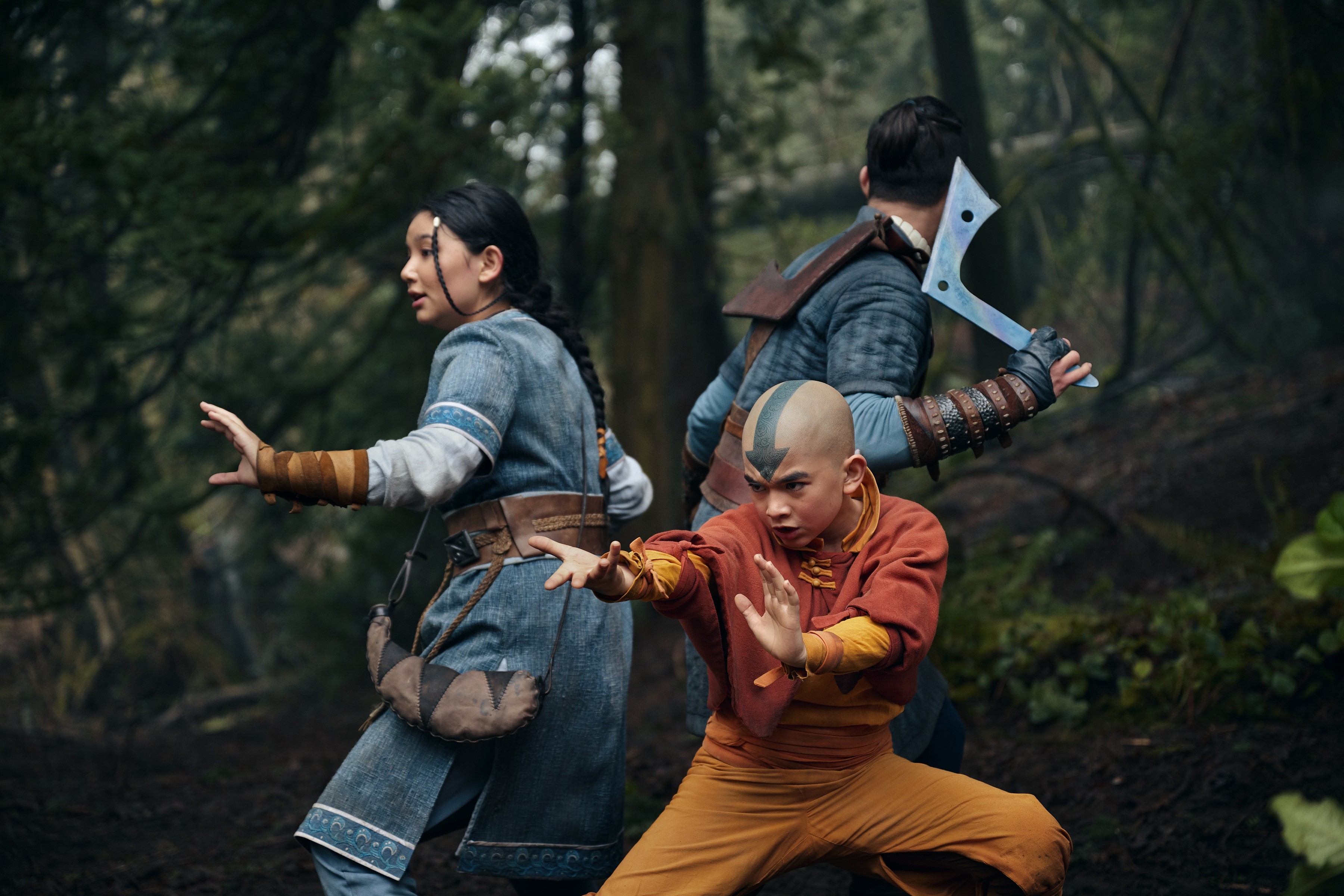
Turning to highlight some specific changes being made to the series’ narrative, Kim explained, “There are certain scenes that you never saw in the original, whether it’s the attack on the Southern Air Temple or the Agni Kai between Ozai and Zuko. And those are things that I knew we needed to see in order to make it feel much more grounded as a live-action show. So it was about feeling your way throughout the process. Where can we take the story into the new directions that still feels true to the spirit of the original? And that’s what it all comes down to, making sure it feels like it was Avatar in spirit.”
The showrunner then made a point to highlight to Stedman how the series “replicated the bit when Aang’s on the air scooter for the main titles, and he crashes into the statue”, as he believed it “gets across a very important character point, which is that despite everything and all the burdens that he’s facing, Aang is just a kid.”
“He’s a goofy 12-year-old kid, and he’s having fun and he’s a big old goofball,” he added. “And we wanted to make sure that we showed that because that’s as important to the story as all the action and the epic fantasy of it all.”
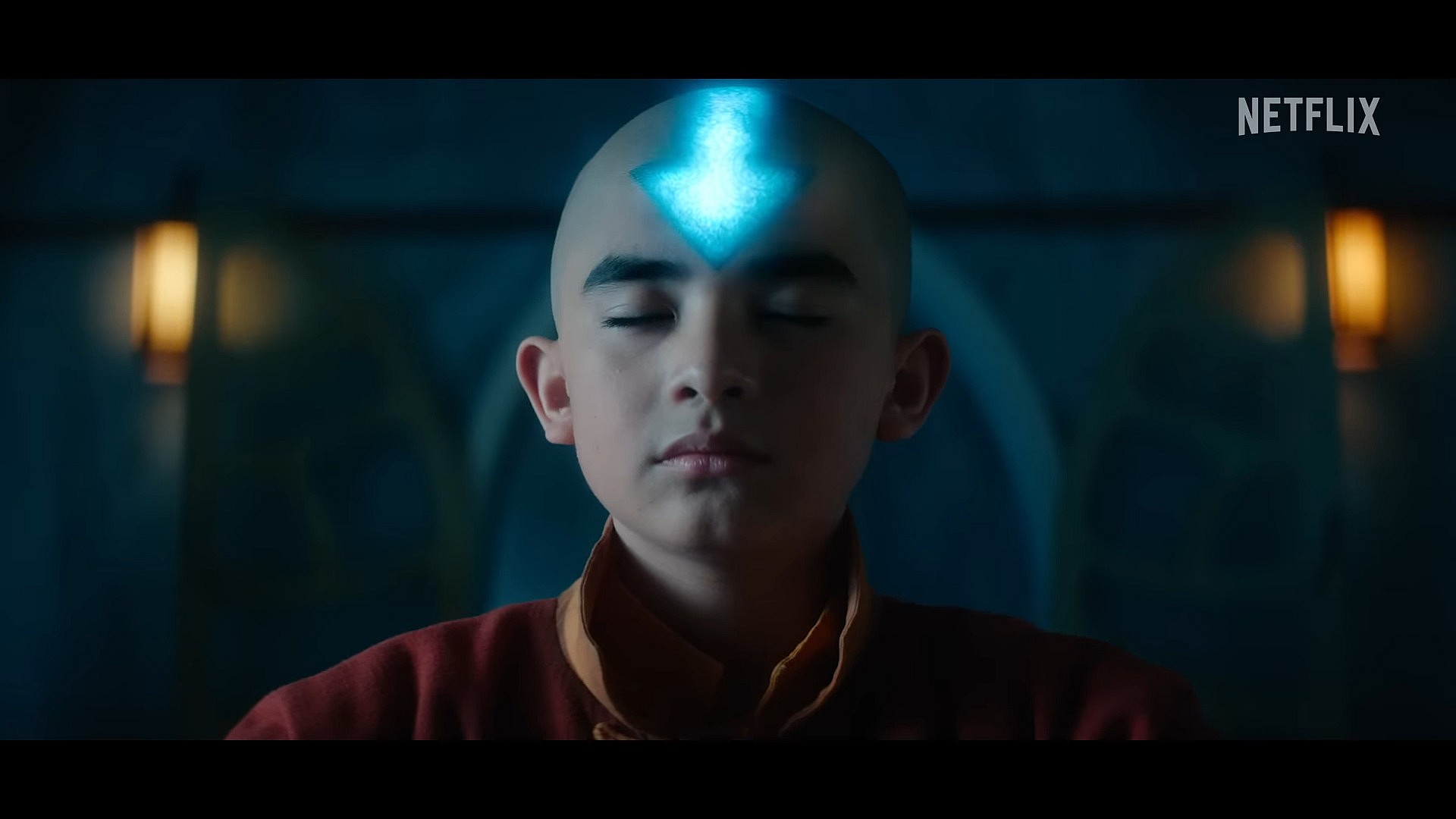
However, following detours onto such topics as his approach to casting and the challenges in bringing the vibrant, constantly moving world of Avatar to life via VFX, Kim would later reveal that despite his supposed adoration of Aang’s fun-loving personality, the live-action series would be excising a significant element of it from his character.
Asked by Stedman if “Despite all the remixing, is the point A and the point B still the same as the original?”, the showrunner explained that while “the state of the world and the stakes of the world are still the same”, the series’ production team had “decided to make Aang’s narrative drive a little clearer”.
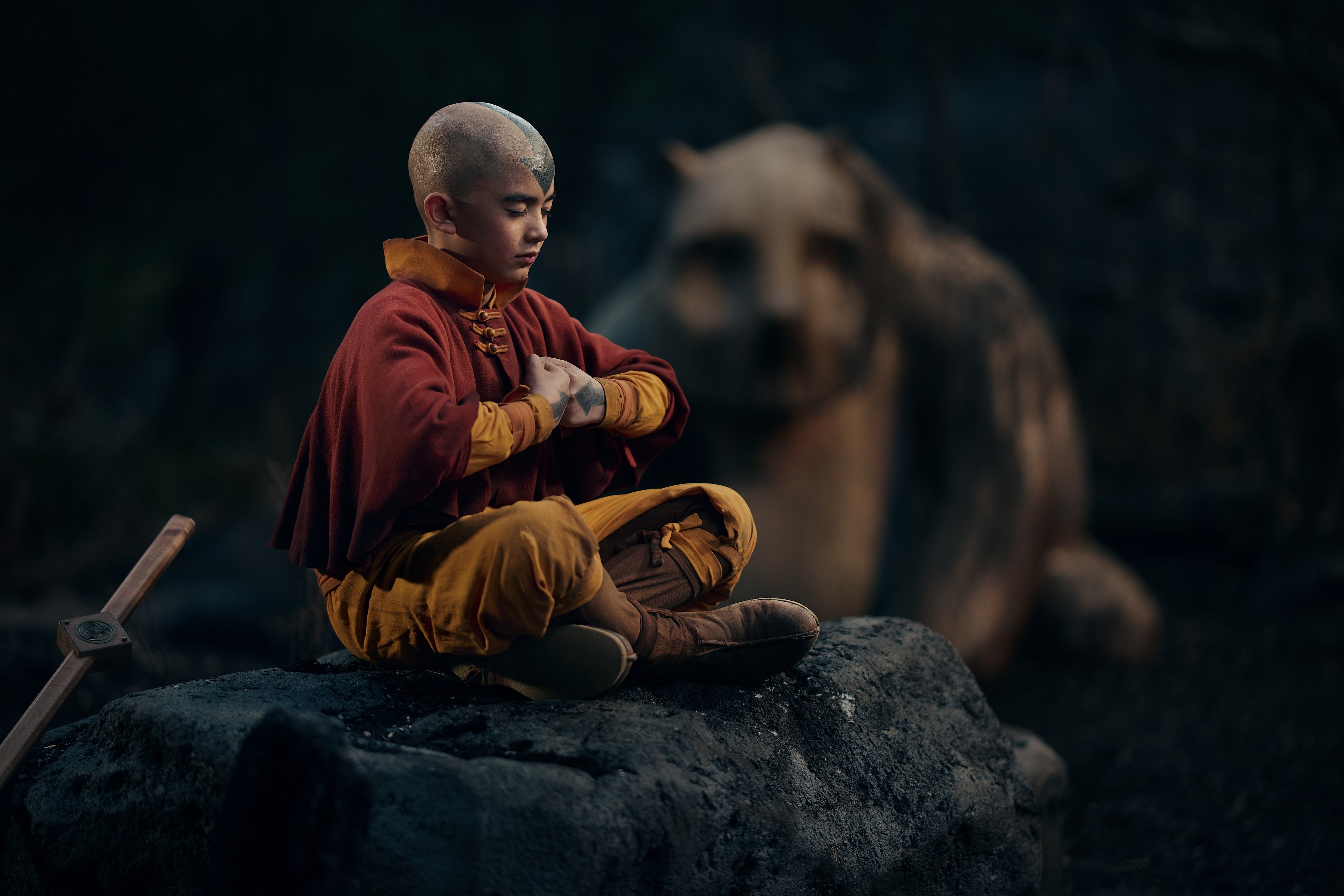
“In the first season of the animated series, he’s kind of going from place to place looking for adventures,” Kim detailed. “He even says, ‘First, we’ve got to go and ride the elephant koi.’ It’s a little looser as befits a cartoon. We needed to make sure that he had that drive from the start. And so, that’s a change that we made.”
“We essentially give him this vision of what’s going to happen and he says, ‘I have to get to the Northern Water Tribe to stop this from happening,'” he said. “That gives him much more narrative compulsion going forward, as opposed to, ‘Let’s make a detour and go ride the elephant koi,’ that type of thing. So that’s something, again, that’s part of the process of going from a Nickelodeon cartoon to a Netflix serialized drama.”

Contrary to Kim’s apparent belief that depicting Aang’s side-quest-prone nature would seemingly bore general audiences, any fan who watched the original series knows that its depiction actually serves a very important narrative function.
As seen therein, while his penchant for adventure does serve as a convenient way to have the series explore new locales and introduce new characters, it also serves as a starting point for the young Avatar’s own growth and maturity.
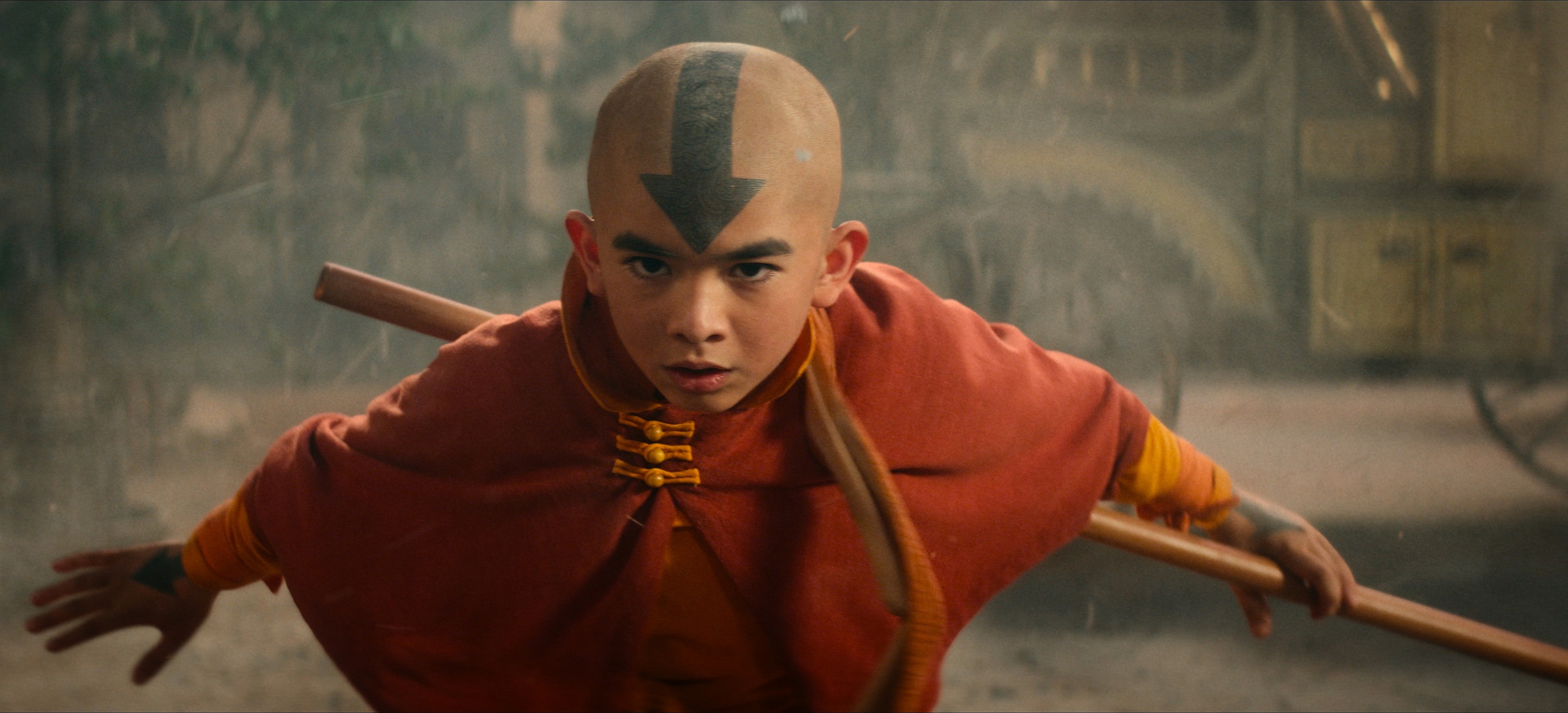
At the beginning of the series, though good at hiding it behind his smiles and care-free attitude, Aang is very clearly terrified of fighting against the Fire Nation, least of all because they were the ones responsible for the literal genocide that left him the sole survivor of the Air Nomad people.
As such, upon being freed from the ice, he initially goes to great lengths to avoid confronting his world-saving destiny, primarily by way of his random adventuring.
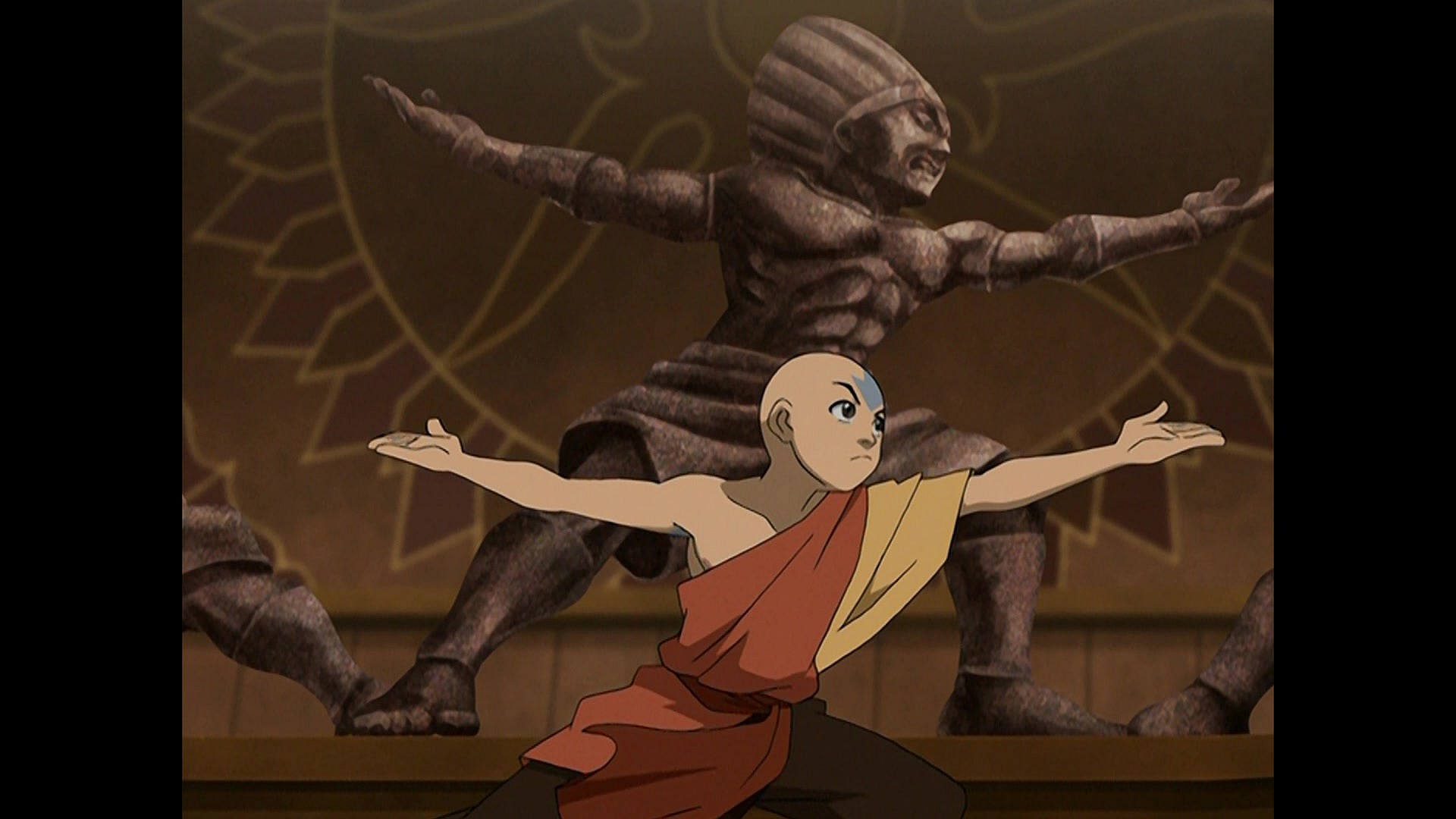
However, it is through these distracted travels and the opportunities to witness first-hand the Fire Nation’s cruelties they provide him that Aang comes to understand that, no matter how much one wishes to run away from their pain, their fears, or their responsibilities, when other people are relying on you – especially the entire world – you have to step up to the plate.
Thus, where Aang’s animated incarnation had to go on an arduous and introspective journey to grow into the hero the world needed him to be, his live-action version will be awakening from the ice having already learned these lessons and ready for battle – a jarring difference, to say the least.

At current, Netflix’s Avatar: The Last Airbender is on track to hit the streaming service on February 22nd.
NEXT: Netflix’s English Localization Of ‘One Piece’ Anime Changes Term ‘New Kama’ Into ‘New Trans’
